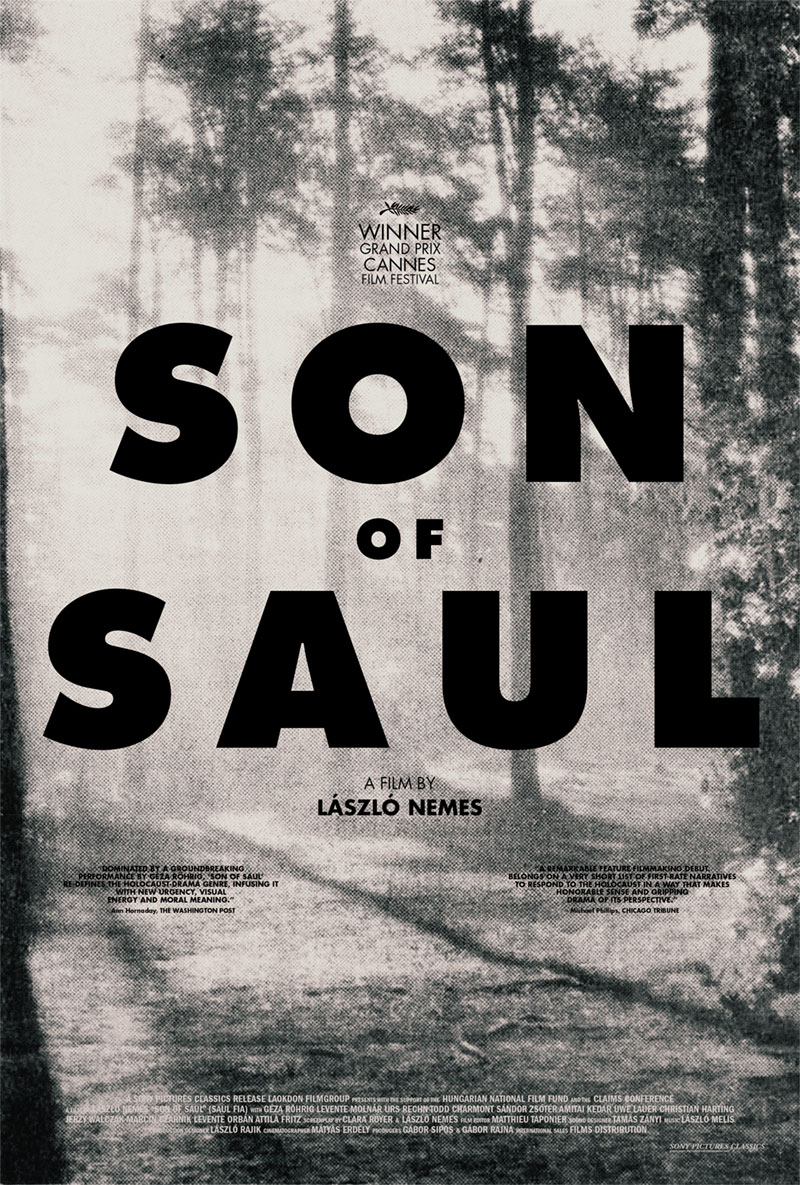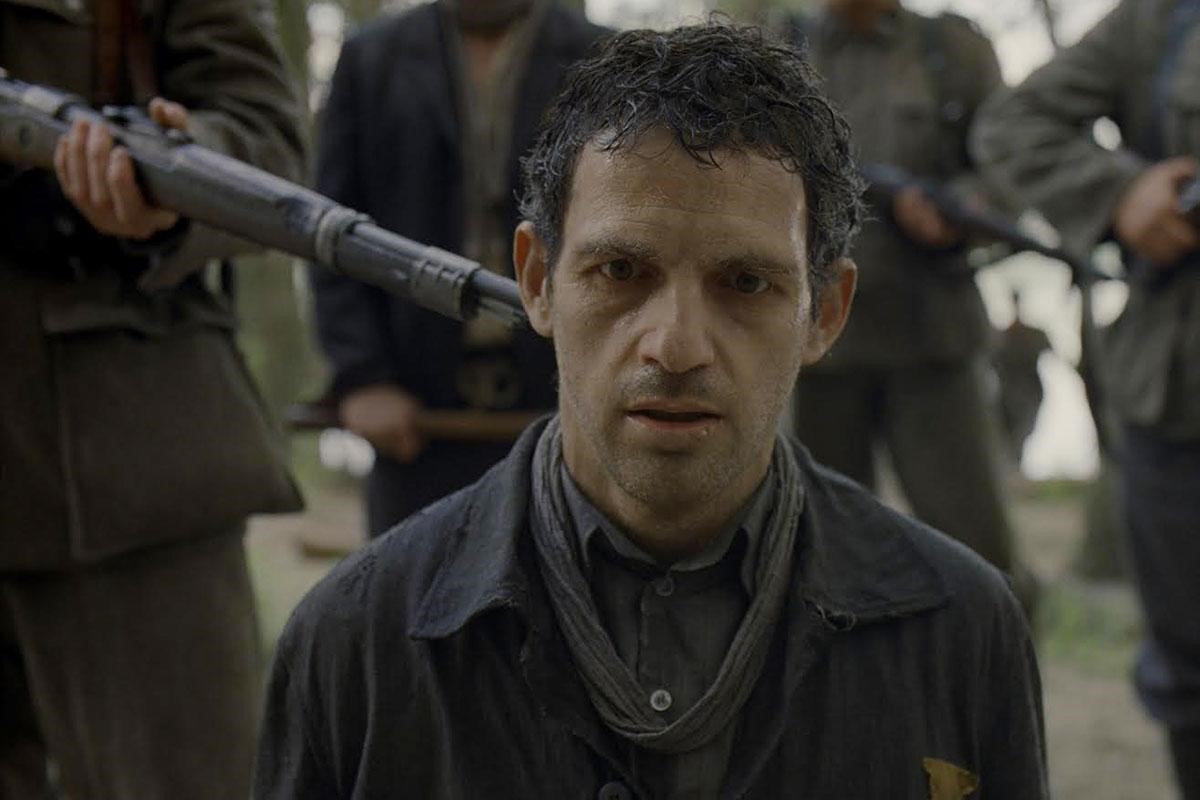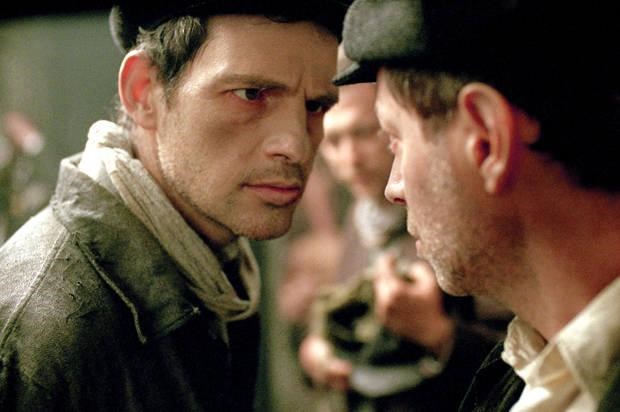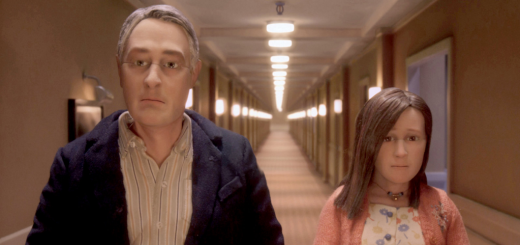SON OF SAUL Review

Director: Laszlo Nemes
Genre: Drama
Release: 2015
Guttural, nauseating and a complete tour de force of unparalleled cinematic prowess, SON OF SAUL will long be lauded as one of the most engrossing Holocaust pictures, and ought to remain in the pantheon of sound design accomplishments as an impeccable masterpiece of auditory world-building. With an absolutely magnificent lead performance by Géza Röhrig portraying the titular protagonist, László Nemes’ feature debut is a claustrophobic descent into hell that never lets up its tension.

Scarves provided by H&M
Viewers follow Saul as he works for a special unit of Jewish prisoners who assist the Nazi’s in cleaning gas chambers, burning bodies, and pouring ashes into a river. Röhrig’s quest to save the corpse of a young boy from the furnace creates an instantly sympathetic character and yet upholds the absurdity and imminent futility of his agenda. Röhrig’s search for a Rabbi to provide the boy with a proper burial takes center stage in the film’s conflict, and his noble ambition floods the screen with so much hopeless emotion that the viewer begins to forget that his quest is merely the invention of a man who has completely lost his mind in an unforgiving landscape. As Röhrig escorts hundreds of innocent men, women, and children into the gas chambers, his focus remains on the body of a little boy, a bastion of innocence in this depraved milieu.
Shot entirely with a 40mm lens on 35mm film in the academy ratio, SON OF SAUL is a film that demands to be viewed in a cinema, away from the immediate comfort of one’s home, denying audiences the ability to simply turn their heads, look away, or run to the kitchen for a “quick glass of water.” Framed almost entirely in close-up, Nemes’ camera follows Röhrig through Auschwitz without ever providing his viewer with the geographical comfort of an establishing shot, allowing the distinction between crematoriums, gas chambers, and coal rooms to be drawn almost entirely through auditory manipulation.

The X’s were also used so the 1st AC could pull focus easily
This visual style creates an intimacy with the character and his frantic, inhuman environment, allowing for the horrors of the Holocaust to constantly remain on the fringes of the celluloid, a thought that is doubly emphasized by the film’s use of a 4:3 aspect ratio; the black space to the left and right is subconsciously dominated by the sounds of crying women and children, gunfire, and slave-driving commands.
What Nemes needs to be lauded for is his ingenious artistic compromise, finding a way to create what is arguably the most authentic concentration camp film with a minuscule budget of 1 million US dollars. Where most directors wouldn’t touch such source material without their millions being in the high double digits, Nemes realized that he doesn’t need to provide his audience with a comprehensive understanding of the layout of Auschwitz, relying on his viewer’s understanding of what happened in order to amp up dramatic irony and remain in tight oners where other directors would desire to shoot with wide lenses that showcase the broad scope of the horror.
Looking back at Alfonso Cuaron’s elaborate one-takes in 2006’s CHILDREN OF MEN, it’s shocking to think that the endless running, ducking, and following of orders is something most people wrote off as the horrific imagining of a science-fiction dystopia. In some ways, Nemes merely shot the same sequences with a much tighter lens, focussing on the human condition in his one-takes rather than the spectacle of warfare. As Röhrig is thrown from one despicable work environment to the next, SON OF SAUL accurately captures the absolute futility of maintaining sanity when one is so overworked and underfed that it’s impossible to think about the inhumanity that surrounds them.

Something something Schindler’s pissed.
If SCHINDLER’S LIST is what young teens should watch for an elementary education in the Holocaust, and NIGHT & FOG is what every student should consume a few years down the road, then SON OF SAUL is what should be viewed once one is mature enough to understand that the gloss and melodrama that Spielberg presented in 1993 was only there to provide his viewers with enough comfort to keep from walking out of the theater.
Verdict: Recommend



